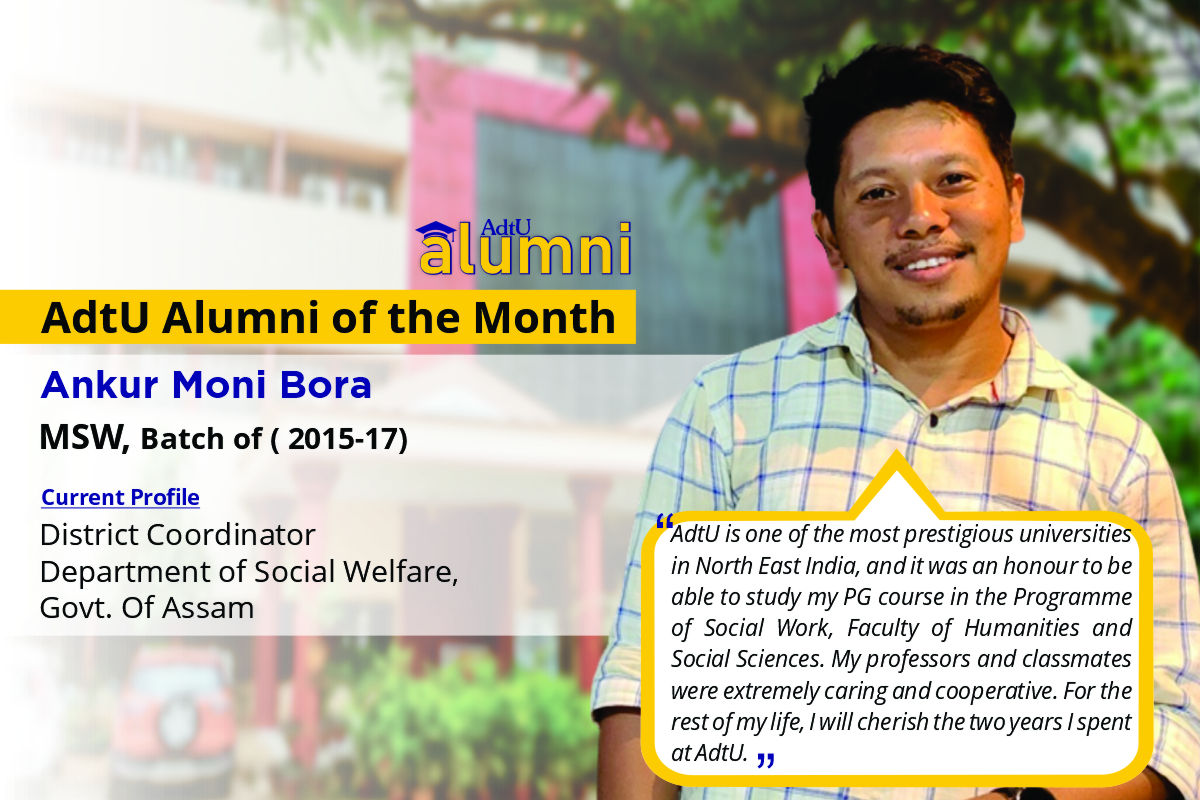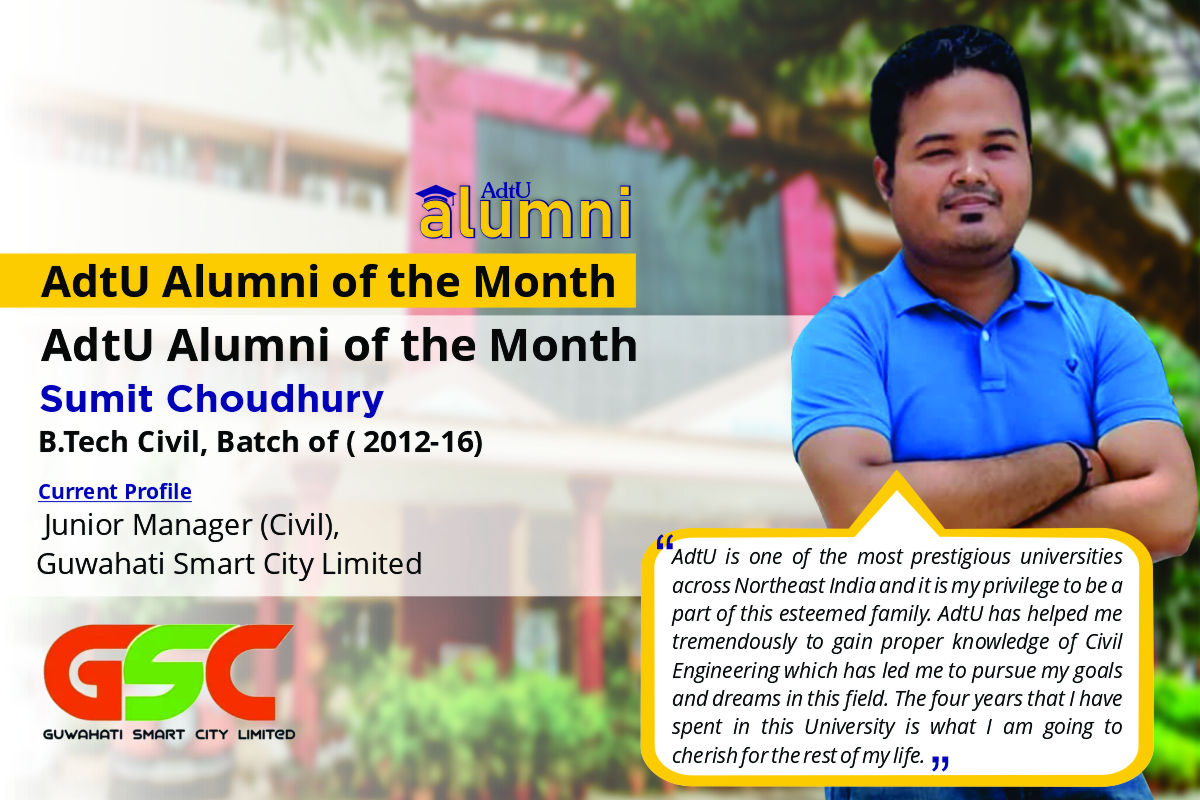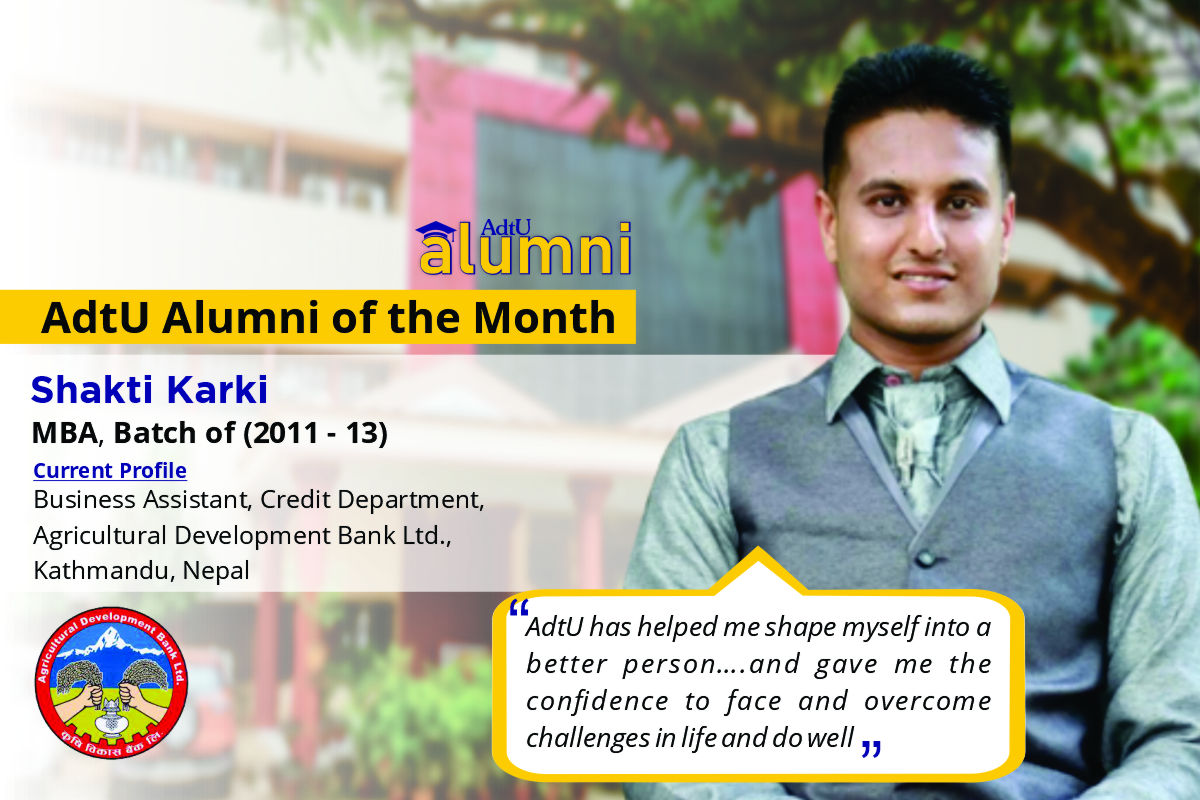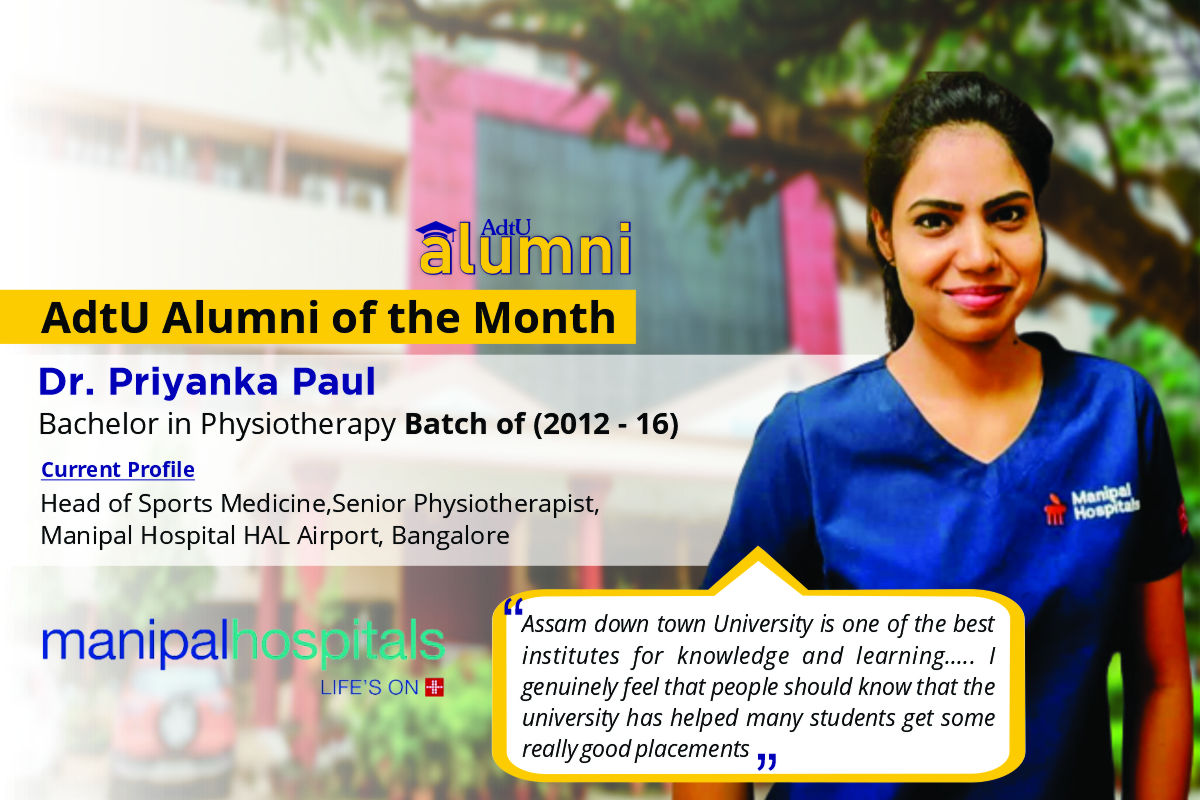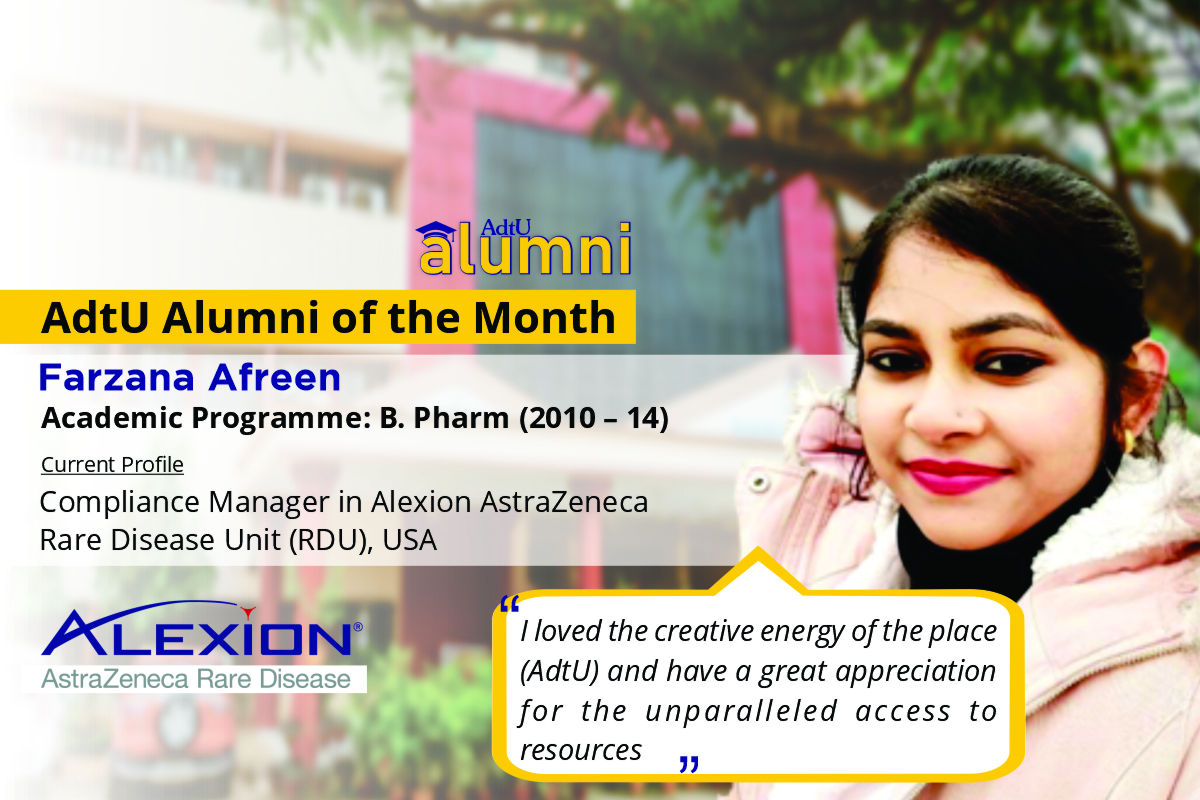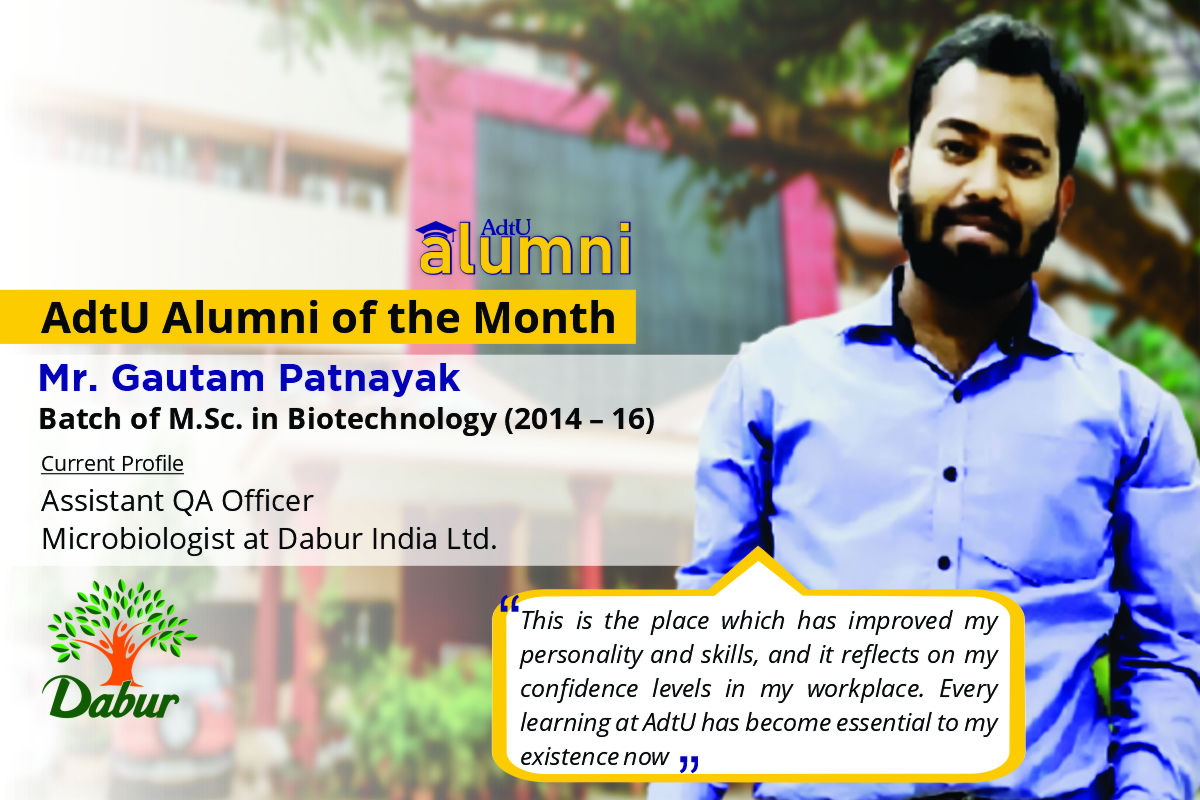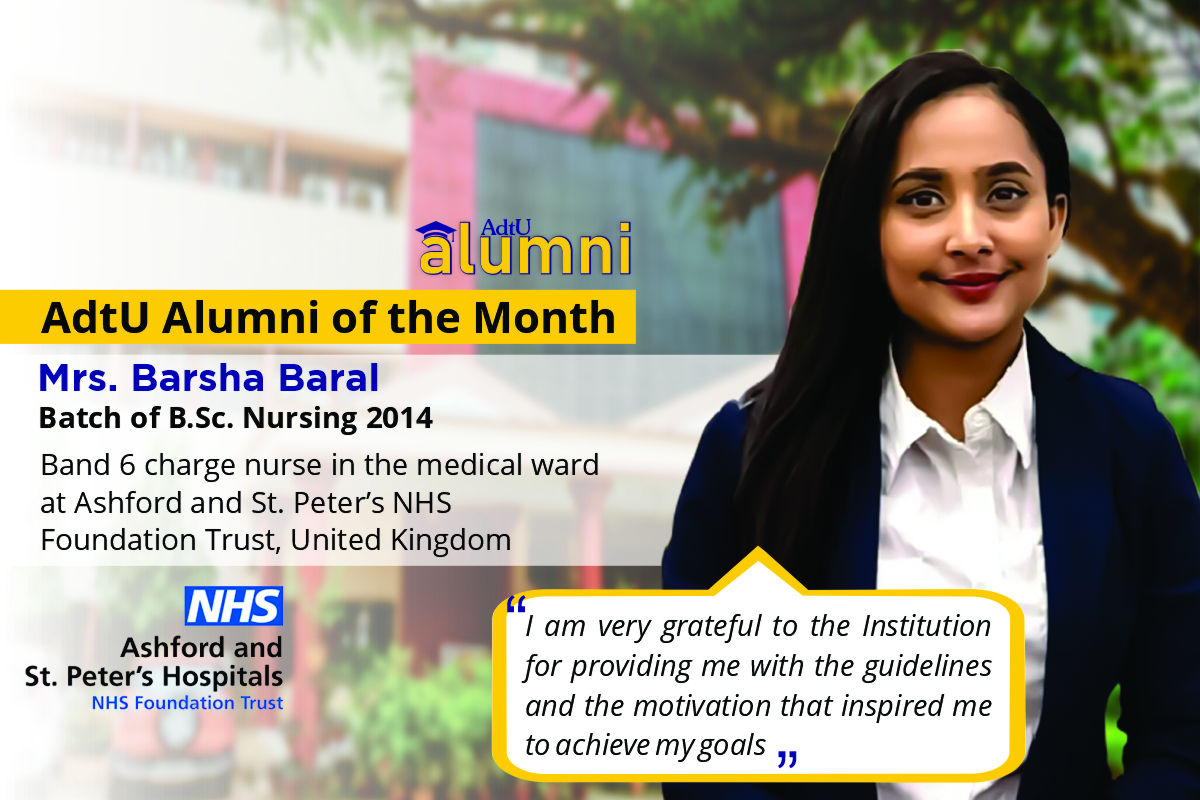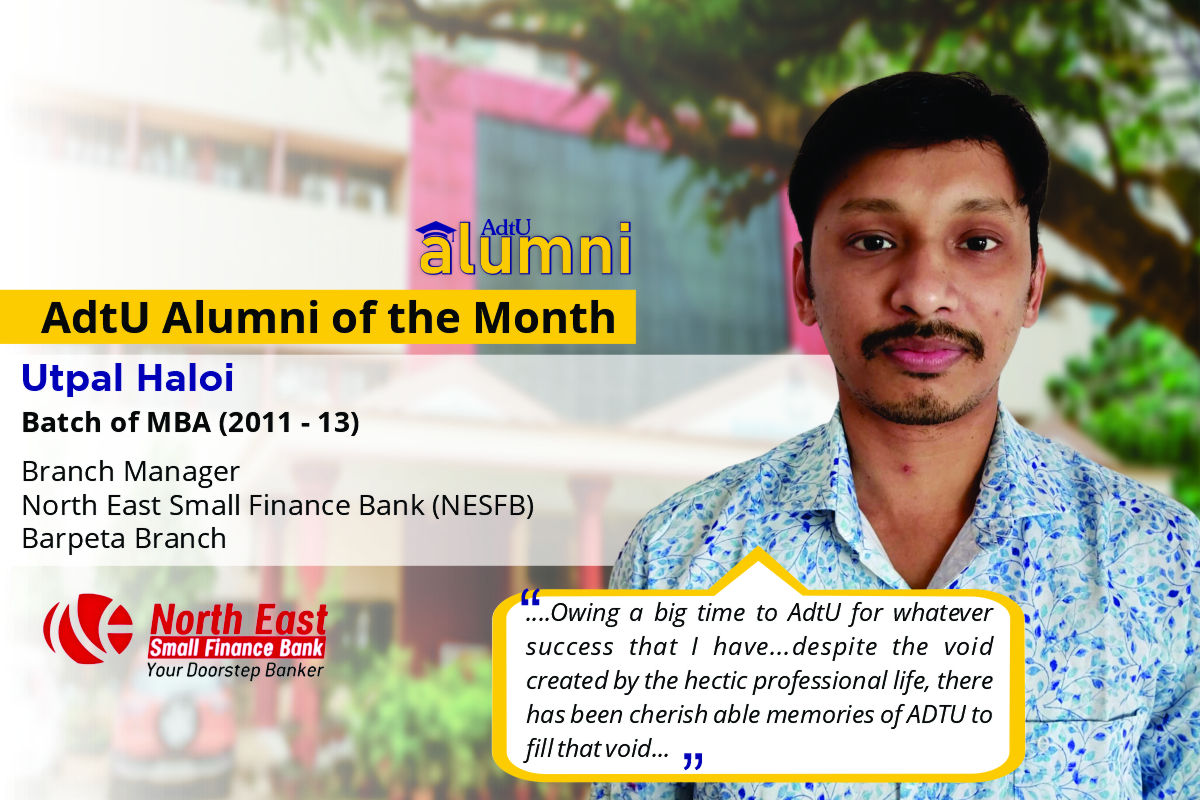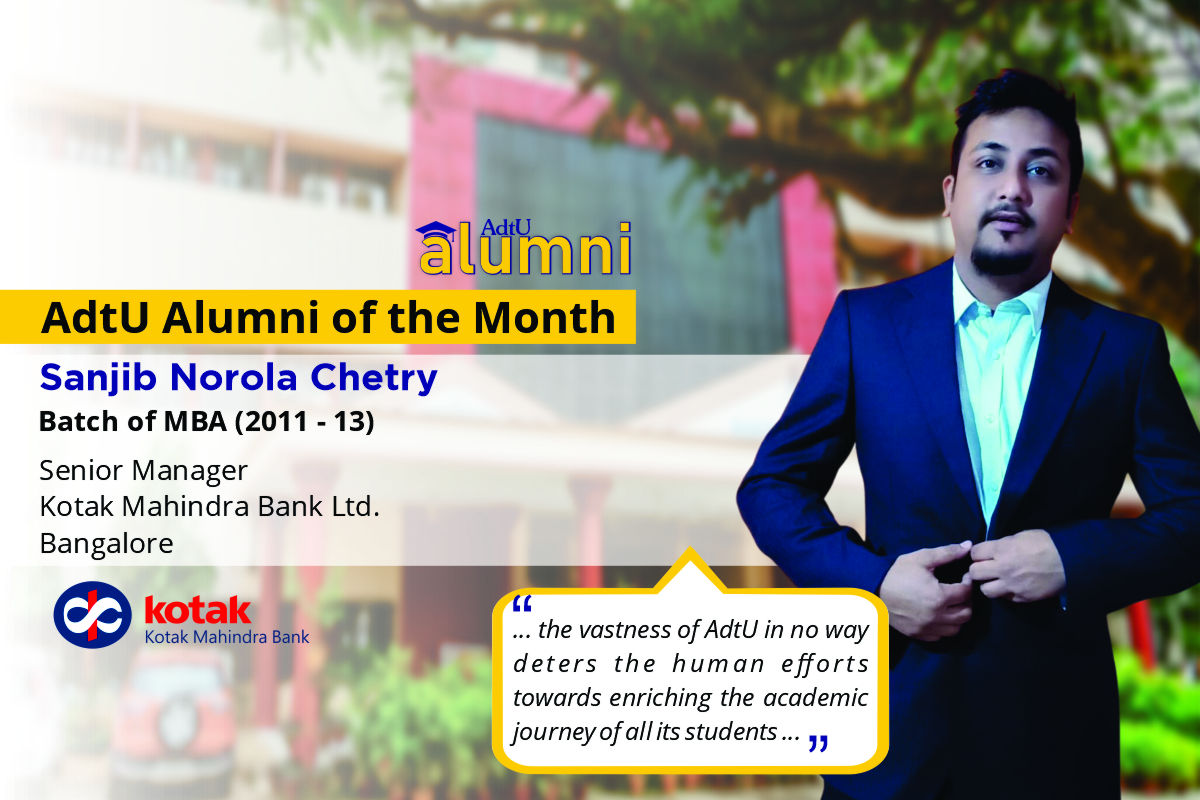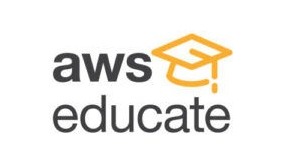

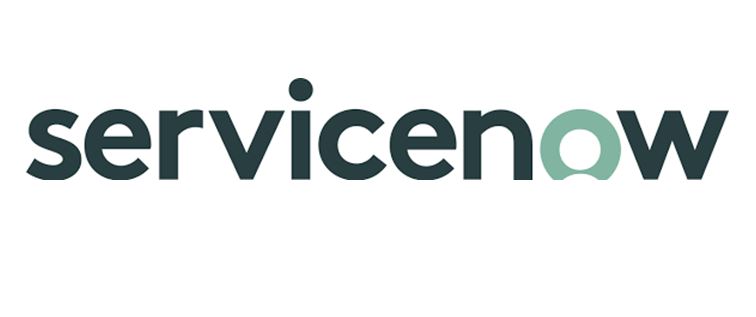


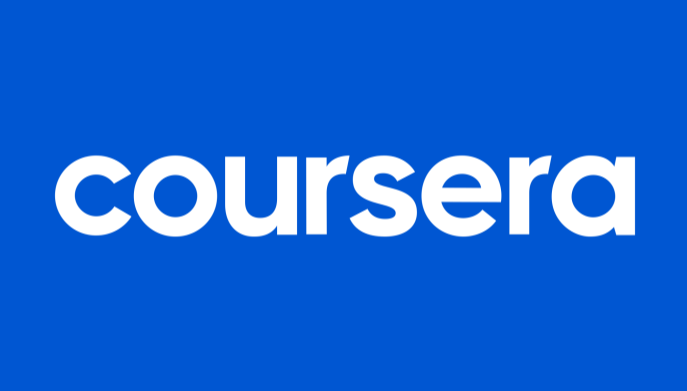






Read More
This programme has been designed on the Learning Outcomes Curriculum Framework under UGC guidelines, offering flexibility within the programme's structure while ensuring a strong foundation and in-depth knowledge of the discipline. The learning outcome-based curriculum ensures its suitability to the present-day needs of the student towards higher education and employment. The Programme of Performing Arts aims to provide better education to equip future artists to achieve the highest levels of professional ability, in a learning atmosphere that fosters universal human values through the Performing Arts. The Programme of Performing Arts at Assam down town University is now offering a bachelor's programme with four specializations as Vocal music, Instrumental music percussion (Tabla), Theatre Art and Bharatnatyam.
Year wise Course Details
Courses for this semester
This course will provide an understanding of the foundational concepts of Indian music, dance, and drama, focusing on their historical evolution, cultural significance, and key elements. Students will analyze the role of performing arts in cultural expression and identity while examining their interdisciplinary impact on social and cultural movements. Through this, they will gain a holistic understanding of the relevance of Indian performing arts in both historical and contemporary
This course provides an introduction to the concepts of culture and society, exploring their definitions, characteristics, and interrelations. It covers E.B. Taylor’s definition of culture, material and non-material aspects, and the influence of the environment on cultural development. The course also examines the unity in diversity of Indian culture, features of simple and advanced societies, and the roles of social institutions, groups, and communities in shaping societal dynamics.
Exploring the Interplay of Psychology and Performing Arts" examines the intricate relationship between psychological principles and artistic ex<x>pression. This course delves into how emotions, cognition, and behavior influence and are influenced by performance practices. Students will explore topics such as emotional regulation, creativity, audience-performer dynamics, and the therapeutic applications of performing arts, fostering a deeper understanding of their significance in both personal and societal contexts.
This course integrates Surya Namaskar, Hatha Yoga, and Nada Yoga to enhance flexibility, strength, and breath control, with a focus on vocal and stage performance. It covers breathing techniques, posture alignment, sound awareness, and vocal-related yoga for improving resonance, clarity, and modulation. The course emphasizes the practical application of yoga in aligning the body, mind, and voice for performing arts.
This course explores the four Vedas and their influence on Indian arts, along with an introduction to the Natyashastra, its history, and key elements like stage design, dance, Abhinaya, Bhava, Rasa, music, and instruments. Special focus is given to the role of Bharatanatyam in the Natyashastra, highlighting its cultural and artistic significance.
This course is provides students with a comprehensive understanding of the foundational elements in Indian classical dance and music.
This course presents some important vignettes of a complex, highly diverse India that is also witnessing unprecedented changes since its formal independence in 1947 from Great Britain. The lectures revolve around social dimensions of change, the continuing influence of ancient texts on contemporary India, political democracy, economic transition from the state to the market, gender relations, India's economic globalization and changing world view.
AdtU encourages a range of activities outside the regular curriculum intended to meet learner’s interest, These activities are aimed to develop the social and soft skills and promote a holistic development of the learners, Keeping in mind the 360 degree learning methodology the students are engaged in different activities headed under different clubs viz. Dance, music, photography, drama, literary etc., The students are encouraged to participate in regular club activities, workshops, competitions as per their interest and hobbies, The student members of the club are trained represent AdtU in various inter University student and national level competitions, Renewed personalities are invited to conduct workshops that benefit the members and students by giving them the platform to learn from experts in the respective fields.
Courses for this semester
This course provides practical training in Bharatanatyam, Hindustani music, and rhythmic skills. Students will perform Adavus, Alaripu, Puspanjali, sing Chota Khayal in Ragas Bhoopali & Yaman, document ethnological instruments, and practice Hindustani Talas with Hat Tali. Theatre games and vocal exercises enhance stage presence.
This course explores the concept and classification of arts across fine, visual, and performing arts. Students will study the historical evolution of dance, music, and drama, analyzing the impact of archaeological sites and epics on Indian performance traditions. They will apply Rasa and Bhava to appreciate art forms and gain insights into drama, theatre, and acting based on Natyashastra.
This course provides a comprehensive understanding of arts, covering fine arts, visual arts, and performing arts. Students will explore the historical evolution of dance, music, and drama, examining the influence of archaeological sites and epics on Indian performance traditions. The course also delves into the Rasa-Bhava theory for artistic appreciation and offers insights into drama, theatre, and acting based on Natyashastra.
Courses for this semester
The basic aim of the course is to cover the general overview on music and dance therapy. The students will learn about the music and dance therapy techniques, use and therapeutic elements of raga and dance movements.
The basic aim of this course is to cover the general overview on Natyashastra. The students will learn historical background of Natyashastra and rasa theory.
The basic aim of this course is to cover the general overview on Bharatnatyam. Students will learn Sarukkal adavu, Mandi Adavu etc.
The basic aim of this course is to cover the overview of Hindustani Classical Music. Students will learn practicl knowledge of hindustani classical.
The basic aim of this course is to provide the general overview of theoretical knowledge of Indian Classical Dance Bharatnatyam.
The basic aim of this course is to provide general overview of Hindustani Classical Music.
This course provides a comprehensive introduction to art appreciation.
The basic aim of this course is to provide knowledge of subjects related to performing Arts from Coursera platform.
The basic aim of this course is to provides basic knowledge of a deferent course from Performing Arts.
The basic aim of this course is to engage students in various activity like yoga, singing, dance etc.
Courses for this semester
This course provides an in-depth understanding of aesthetics and its relevance in the performing arts. It explores the nature, scope, and branches of aesthetics, examining both Indian and Western philosophical traditions. The course emphasizes the importance of aesthetic attitudes, creativity, and critical evaluation of performances through an aesthetic lens.
This course provides a comprehensive understanding of the theoretical aspects of Hindustani classical vocal music, emphasizing its fundamental elements such as taals, ragas, and compositions. It integrates the study of notation systems, technical concepts like swara, shruti, and layakari, and critical insights from classical texts, fostering a deeper connection between theory and practice to enhance performance and analytical skills.
This course focuses on the practical application of Hindustani classical vocal music, emphasizing performance techniques for Khayal, Dhrupad, and Dhamar. Students will gain expertise in improvisation, rhythm (layakari), and tanpura tuning, developing a comprehensive understanding of ragas, talas, and traditional compositions.
This course provides an in-depth study of Sattriya music theory, focusing on taals, Borgeet, and the cultural legacy of Sankardeva and Madhabdeva. It emphasizes notation, description, and performance of traditional compositions, along with the study of instruments and historical contexts that shape Sattriya music and its spiritual essence.
This course provides foundational knowledge of Bharatanatyam, focusing on hand gestures, basic adavus, and key theoretical concepts from Sanskrit literature. It explores the elements of nritta, nritya, and natya, along with an introduction to talas and slokas, enhancing both theoretical understanding and performance skills.
This course emphasizes the practical elements of Bharatanatyam, focusing on advanced dance items like Alarippu in Mishrachappu thalam, Panchamurthy Kauthuvam, and Jathiswaram. Students will develop their understanding of korvais, bhava expression, and the musical patterns of swaras in various ragas.
The Applied Performing Arts course offers a practical exploration of performing arts in diverse settings such as communities, education, and therapy. It emphasizes creativity, technical proficiency, and interdisciplinary collaboration, providing students with hands-on experience to develop performance projects. The course covers performance techniques, technical aspects of production, and applied contexts of arts, preparing students for real-world professional and cultural applications.
Courses for this semester
The fundamentals of research will be taught to the student, and they will be made aware of the necessity to use a research-based approach rather than a common-sense one. The course's primary objective is to teach students how to strengthen their research methodology skills.
This course aims to generalize the idea of Indian classical music. The students will learn about the life history of music maestro. They will gain the concepts of Gharana and Murchana
This course aims to generalize the idea of Indian classical music. The students will learn about the life history of music maestro. They will gain the concepts of Gharana and Murchanas.
The aim of this course is to get familiar with the different types of Taylor Lokadharmi in natyadharmi abhinaya, theoretical knowledge about Angika and Vachika Abhinaya. The student will learn about the various types of head neck and eye movements.
This course provides an exploration of Indian semi-classical music, focusing on its history, key genres, and cultural impact. Students will study various semi-classical song forms, their unique characteristics, and the contributions of prominent artists. Through theory and practice, they will gain a comprehensive appreciation of this diverse musical tradition.
This Course is designed to help students identify the knowledge of Modern Theatre and it significant. To help students know about absurd Theatre, Realism, Constructivism and theatre of currently, Michel Chekhov’s acting method and Grotowasky’s Poor Theatre
The aim of this course is to generalize the idea of Bharatnatyam. The students will learn about the concept of padam thillana varnam the features of Sangeeta and some items used in Bharatnatyam
This course aims to get knowledge about the devotional songs of Assam. The students will come to know about the ragas used in Borgeet, Ojapali songs and its background. The course will provide knowledge about Assamese culture and its characteristic about the devotional songs.
This course is about different types of media acting like Radio acting, Stage acting , Screen acting etc.
The aim of this course is to generalize the idea of Bharatnatyam. the students will learn about the concept of padamthillana varnam the features of sangeeta and some items used in Bharatnatyam
The aim of this course is to provide a general knowledge of a specific folk art form of Assam.
The aim of this course is to provide knowledge on Natyashastra and Rasa theory
The basic aim of the course is to provide the idea of Public Speaking as a major tool of socialcommunication.The course will provide all the techniques of an effective public appearance, aswellas tips toenhancetheir appearance, voice,and speech articulation skills.
This course offers an introduction to Gender Studies, an interdisciplinary field that asks criticalquestions about the meanings of sex and gender in society. The primary goal of this course is tofamiliarize students with key issues, questions and debates in Gender Studies, both historical andcontemporary.Itdrawsonmultipledisciplines– suchasliterature,history,economics,psychology,sociology, philosophy, political science, anthropology and media studies – to examine culturalassumptionsabout sex, gender, and sexuality.
MOOCS is provided through Coursera Platform, which is an online course where students are allowed to take course/courses per semester on the basis of the hours with relevance to the credit and the courses are provided from the international universities across the world. During the courses, students have to submit assignments, quizzes. On the successful completion of the course, they get certificates which are marked in the End Semester exam that is out of 60 and 40 internal assessments where viva is conducted
This course aims to get knowledge about the Hindustani Classical Music. The students will come to know about the ragas of Hindustani Classical Music.
Courses for this semester
The course focuses on developing effective verbal and non-verbal communication abilities. It emphasizes active listening, empathy, assertiveness, and conflict resolution to enhance interpersonal interactions in personal, academic, and professional contexts.
This course introduces the rich history and regional diversity of Indian folk music, exploring its cultural importance. Students will learn about South Indian songs like Bhavageeti and Kummi Paatu, North Indian styles like Maand and Ghoomar, and West Indian forms like Lavani and Dadra. It also covers East and North-East traditions such as Baul, Nongthang, and Oinitam. Through this, students will appreciate the beauty and heritage of Indian folk music.
The course "Brief Idea of Indian Folk Dances" provides an in-depth study of the diverse folk dances across India. It explores the rich cultural traditions of South, North, West, East, North-East, and Central India, offering students the opportunity to understand and analyze the dance forms unique to each region. The course emphasizes both the historical significance and the stylistic variations of these dances, fostering appreciation for India's cultural heritage.
The course "Indian Classical Music Theory" focuses on the theoretical aspects of South Indian classical music, specifically Carnatic music. It covers the history, origin, and development of Carnatic classical music and provides a detailed study of the Carnatic tala system, including its strokes and jatis. The course also delves into the Guru-Shishya parampara and the ancient systems of music learning. Students will gain knowledge about important ragas and classical texts like Natyashastra, Brihaddeshi, and Sangit Ratnakar, fostering a comprehensive understanding of classical music theory.
The course "Theatre and Design" focuses on the critical aspects of theatrical design, offering students a comprehensive understanding of how visual elements contribute to storytelling. The course covers scenic design, set design, and costume design, providing knowledge and skills necessary for conceptualizing, planning, and executing stage environments. Students will also explore design history, including Western design influences, and gain practical experience in drawing technical elements like ground planes and elevations.
The course "Indian Classical Dance (Bharatanatyam) Theory" offers an in-depth exploration of Bharatanatyam and other classical dance forms of India. It focuses on their cultural, religious, and musical aspects, particularly the influence of Tamil Nadu on the art of dance. Students will gain knowledge of the musical instruments used in classical and folk dances, explore famous composers and their compositions, and understand the connection between religion and dance.
The course "Indian Folk Theatre" explores the rich history, evolution, and diverse traditions of Indian folk theatre forms. It delves into various regional folk theatre styles such as Jatra, Nautanki, Yakshagana, Tamasha, and Ramleela, analyzing their performance techniques, cultural significance, costumes, and makeup. Students will also explore the differences between Indian folk and classical theatre, understanding how these forms reflect societal values and traditions.
The course "Art Appreciation" introduces students to the foundational concepts of both performing and visual arts, exploring their interdisciplinary relationships and applications. It covers a wide range of art forms, including dance, music, theatre, literature, painting, and sculpture, emphasizing their cultural and historical significance. Students will learn the values, philosophies, and techniques behind various art forms, fostering a deeper appreciation for the arts and their impact on society.
The course "Indian Classical Music Practical (Stage Performance)" focuses on providing hands-on experience and proficiency in performing various forms of Indian classical music. It covers essential ragas, such as Megh Mallar, Ahir Bhairav, and Sudh Sarang, and introduces students to diverse musical forms like Tarana, Dhrupad, Dhamar, Ghazal, Bhajan, and Chaiti. The course also emphasizes the correct recitation and performance of talas, including Dhamar, Dipchandi, Punjabi, and Ektaal, with a focus on demonstrating different layakaris (rhythmic cycles).
The "Indian Classical Dance (Bharatanatyam) Practical" course offers students an immersive experience in performing and mastering various traditional items in Bharatanatyam. Students will gain proficiency in performing Mallari, Bhajan, and Thalattu, and will explore the integration of Hindustani music within Bharatanatyam. This course is designed to enhance students' creative skills and stage performance abilities, encouraging them to create original choreographies while gaining an in-depth understanding of the art form.
The course "Student Production" provides students with hands-on experience in creating and presenting a theatrical production. It focuses on developing skills in conceptualizing, scripting, music composition, stage design, and direction. Students will work collaboratively to bring their ideas to life, integrating acting, original music, and stage design to create a cohesive performance. The course emphasizes teamwork, creativity, and the execution of a polished final production for an audience.

CST- Common scholarship test is a national and international level online MCQ based examination funded for intellectual empowerment by Assam down town University.
CST- Maximum enrolment each year is 269 seats and any 10+2 students can apply. Adtu is northeast India’s first placement driven university to provide 100% scholarship benefits worth 30 cr.
CST aims to inspire brilliant and competent students to pursue further education. Accredited with a prestigious grade by NAAC, UGC and AICTE.
Explore more scholarships that can help you reach out your goal with financial aid.
This scholarship is valid on the basis of the board/university examination
| 95% & above | 100% Scholarship on all semester |
| 90%-94.9% | 50% Scholarship on all semester |
| 80%-89.9% | 25% Scholarship on all semester |
This scholarship is valid on the basis of the board/university exam
| National & International Level | 100% Scholarship on all semester |
| State Level | 50% Scholarship on all semester |
| District Level | 25% Scholarship on all semester |
This scholarship is valid on the basis of the board/university exam
| National & International Level | 100% Scholarship on all semester |
| State Level | 50% Scholarship on all semester |
| District Level & NCC Certificate Holder | 25% Scholarship on all semester |
Discover a multitude of world-class amenities and cutting-edge resources at Assam down town University, enhancing your academic journey to new heights.
The Start-Up & Incubation Centre at Assam down town University provides a supportive environment for young entrepreneurs to develop and grow their business ideas. The center provides mentorship, funding, and networking opportunities to help innovative ideas become successful businesses.
SFURTI scheme to support rural entrepreneurs and innovators, an initiative by the Ministry of MSME
TIDE 2.0 scheme for ICT-based startups which provides a grant of Rs. 4L and Rs. 7L under EiR and Grant categories respectively, an initiative by the Ministry of MeitY.
dtVL Ideation, an incubation program for early-stage entrepreneurs with a market-ready solution/product, offering interest-free loans up to Rs. 2 lakhs.
Sprout UP, an incubation program for students, faculties, and researchers with innovative business ideas, prototypes, or technology solutions.

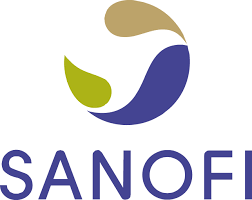



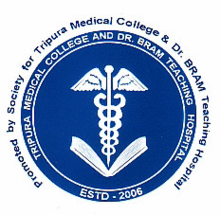

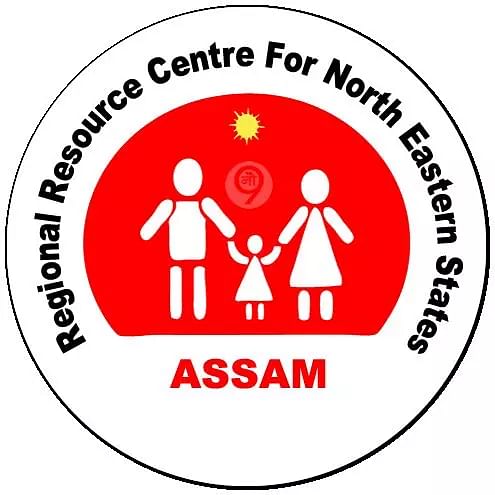
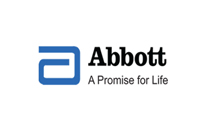
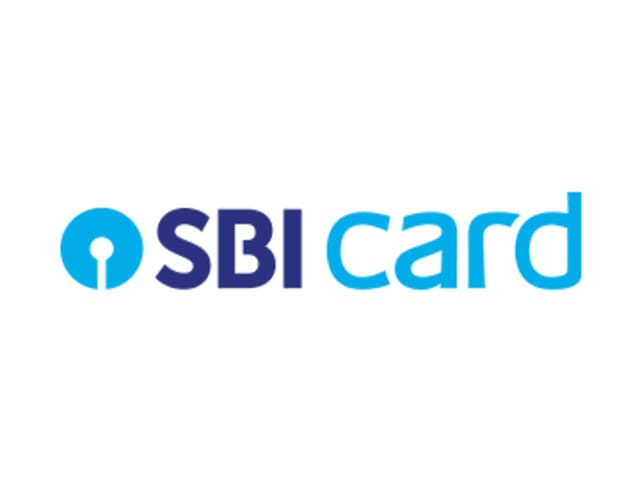

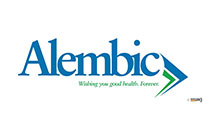
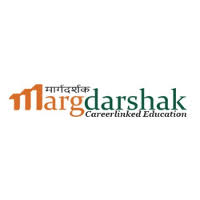

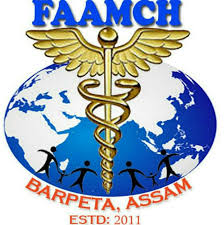

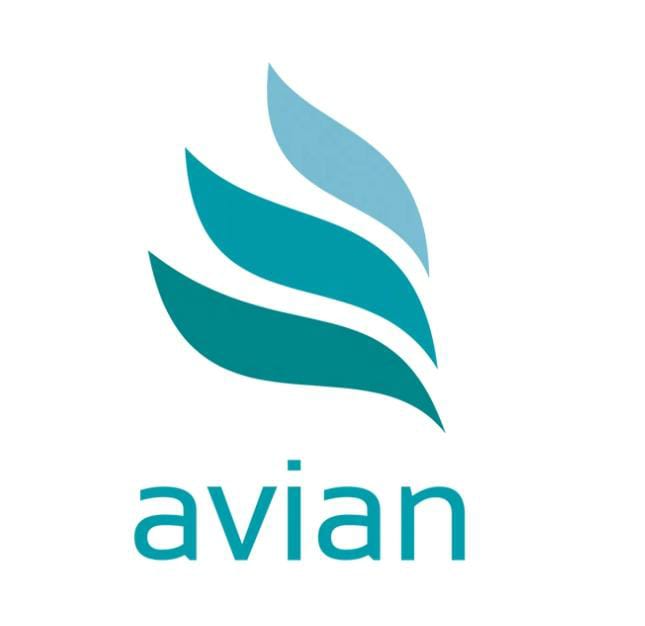
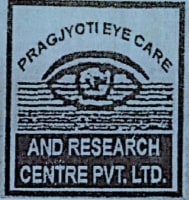
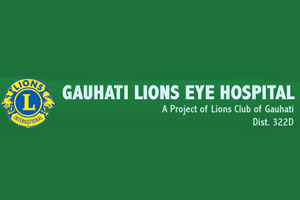

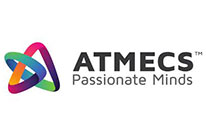



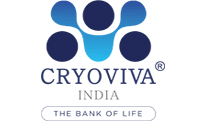

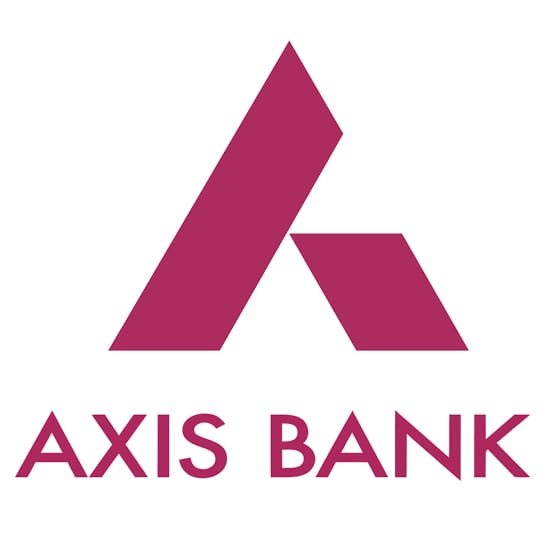

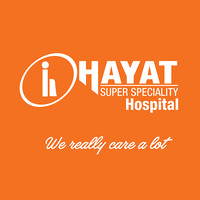
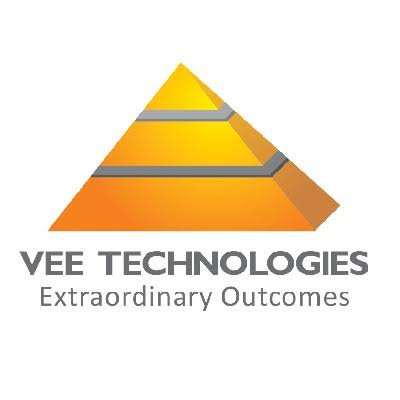

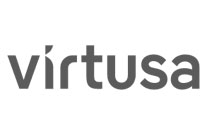



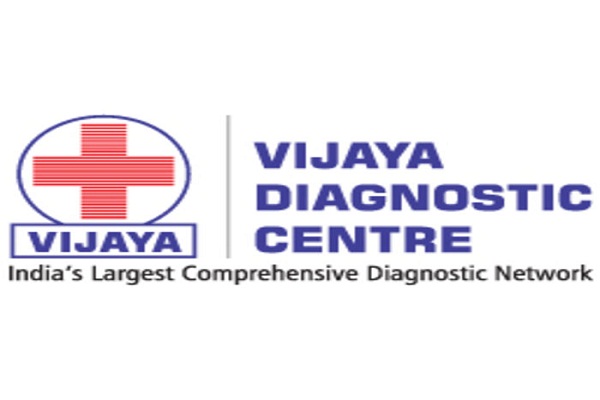
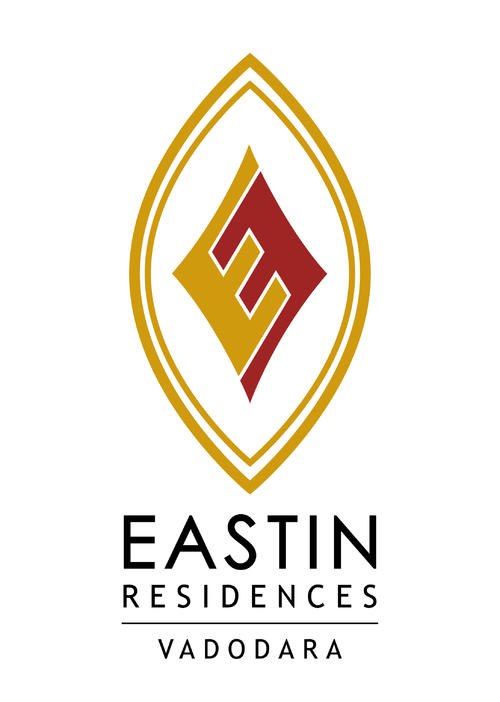








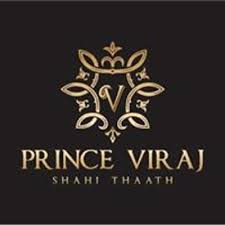




"I am a BBA student of 3rd semester. I hail from Bhutan. I vow that I am having a great experience i...
"AdtU is amazing. I am a BBA student of 2019-22 batch and I am just grateful for the amount of oppor...
Let us be grateful to the people and place who makes us happy. They are the charming gardeners whom ...
Currently I am pursuing MBA in Assam Down Town University. MBA is the professional course through wh...
AdtU is a university that focuses on giving knowledge, education and simultaneously making the stude...
The Assam downtown University has been a great learning experience. The university has provided me w...
My experience with AdtU has been splendid one indeed. Little needs to said about its scenic infrastr...
As a student I am very glad that I have got an opportunity to study here in Assam downtown universi...
My name is Sakhyajit Roy. I?m from Tripura. I joined the university on Auguest, 2017 as a student of...
I share immense pleasure to share my post graduate program experience in Assam down town University....
AdtU is a platform where I got golden opportunities to feed my zeal for knowledge through the dynami...
I am fortunate to get an opportunity to study here in Assam Downtown University. The best thing abou...
Our university is one of the best place for developing ourselves in the field of research and acedem...
ADTU is a university that is very good interms of infrastructure, academics and placements. Our tea...
It is one of best private colleges in North East India, it also provides a good environment for ed...
ADTU is a good University which provides the students with best quality lectures and ensures comfort...
The environment of Assam downtown university is very pleasant.The department of BMLT is very good a...
The university has all the necessary facilities and amenities for students . The classrooms and the ...
Assam downtown University is well recognised all over india. In the ongoing pandemic situation it ha...
